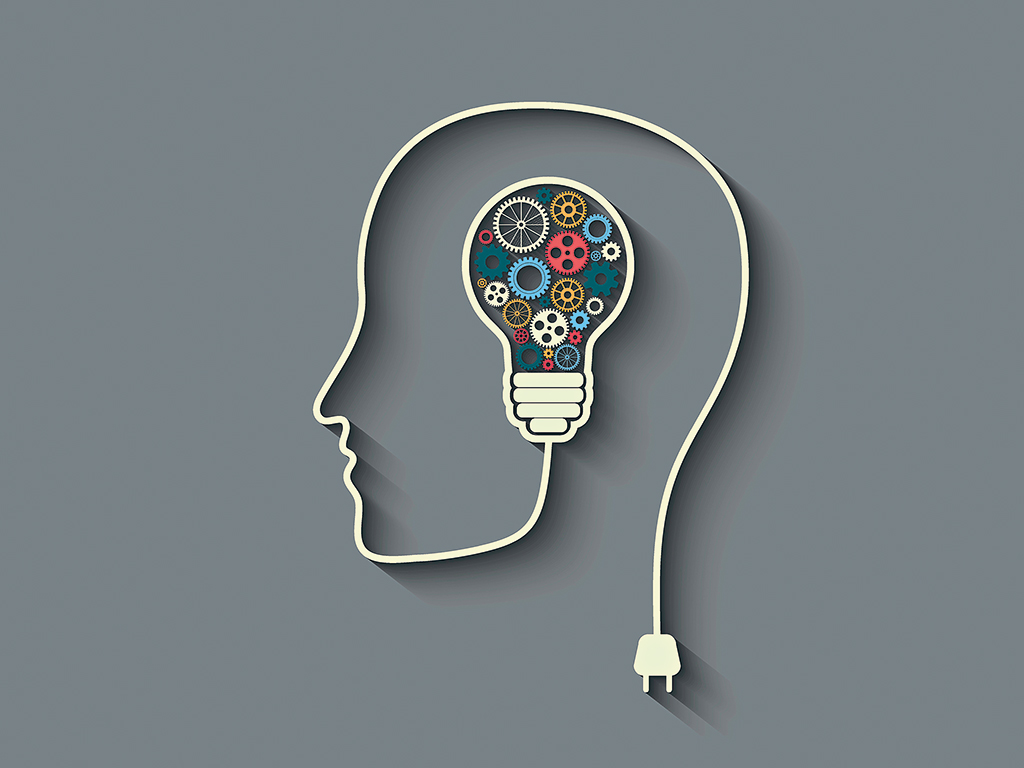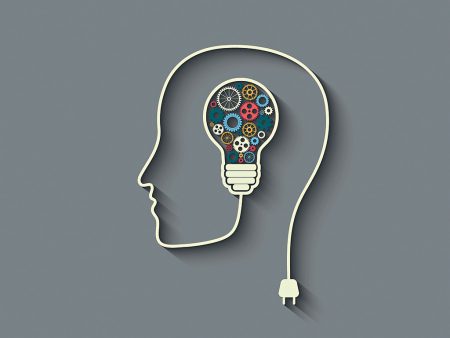November 18, 2017 – Considering how disinformation and alternative facts have become mainstream in America these days, this survey done by Fluent, a New York City-based market research firm, demonstrates that on the subjects of scientific and technological advancement, most are paying attention to what is being reported today. But few are thinking beyond what is currently present.
The survey, conducted in October involving 3,240 adults (18+) included a randomly selected audience and weighted the population distribution across the country based on 2010 census data.
Here are the top nine prognostications by Americans based on the survey.
- 54% of Americans surveyed expected WiFi coverage everywhere on the planet.
- 47% predicted that self-driving cars would be widely used.
- 46% predicted a cure for cancer.
- 43% predicted 100% of the energy consumed would come from renewable sources.
- 36% predicted human-like robots.
- 35% said Americans would be 3D printing products at home.
- 28% predicted we would learn to grow human organs in test tubes
- 16% said Americans would be vacationing on the Moon.
- 12% predicted we would be able to travel by teleportation.
Besides those who believe teleportation will exist in 2067, much of what is being predicted is well on its way to happening well before that date.
For example, WiFi is more than likely to be succeeded by other telecommunication advancements. LiFi, a technology that uses the spectrum of visible light, may within a decade supplant WiFi.
And self-driving cars are likely to be on urban streets within five years if not sooner based on the technological advancements in lidar, radar, sensors, and artificial intelligence being demonstrated by a number of companies today. By 2067 we more than likely will experience a far greater range of transportation choices that will take us out of cars. After all, companies are already queuing up to deliver flying cars to the public in the next couple of years.
As for cancer, CRISPR/Cas9, and nanomedicine are giving us a very different picture of how humans will stay healthy in the very near future. By 2067 I suspect we will have cured “aging,” the reason why most cancers occur in our species.
The 43% who think we will be using 100% renewable energy is an interesting result considering the present mindset of the American federal government with its emphasis on fossil fuels and nuclear energy. It is more than likely that a very small percentage of the power we humans will continue to consume will come from net-zero emission natural gas facilities that will harvest the greenhouse gases created for use in industrial processes where the carbon content will become permanently recycled or sequestered.
On the humanlike robot prediction, I would ask those 36% to look at what already exists in terms of robots that look like us. I don’t think this is 50 years in our future. It’s right now. One humanlike robot that appeared as a female was just made a citizen of Saudi Arabia.
The lack of imagination in predicting where additive manufacturing will be in use is surprising considering people are already 3D printing products at home and in the workplace. SpaceX 3D prints rocket bells for its Merlin Engines, and prints fuel and oxygen containment tanks for use in its Falcon 9 rockets. And 3D printers are actually printing houses, not just the products within them. By 2067 I would think 3D printing will have permanently altered manufacturing turning it back into a cottage industry. I am surprised that those surveyed didn’t mention Star-Trek-like replicators in their predictions. It is not such a significant leap to go from where we are today with 3D printing and replicators. The difference is a replicator assembles an end product from atoms and subatomic particles drawn from matter. A 3D printer’s raw materials are not yet at the atomic and subatomic level but are getting there.
As for growing organs in test tubes, we are already doing much more in the present day using stem cells, gelatinous matrices, 3D printers and other technologies that are all part of the burgeoning fields of genomics and regenerative medicine. By 2067 I have no doubt that we will be regrowing body parts by marshaling our own systems resources. No longer will this be a capability confined to amphibians and some reptiles.
It would seem reasonable that by 2067 we would have the capability to vacation on the Moon. With companies like Bigelow Aerospace already designing in-orbit and lunar hotels, I would think the likely date for Moon vacationing will be well before 2067. I’d put the date closer to 2040.
And finally, on predicting teleportation as likely by 2067, which 12% surveyed thought possible, I think this is most unlikely. Teleportation was a literary convenience created by Gene Roddenberry for Star Trek. It made it possible to move characters around quickly in the staging of a 47-minute television show. The science of quantum mechanics, however, makes dissolving us into the ether and reassembling us elsewhere, a certain act of suicide. Entangled particles aside, we will not travel this way anytime in the near or even far future.
What wasn’t considered by Americans as likely inventions in the next 50 years? Here are just 10 that I thought of and share with you. All of these are at some stage of investigation by engineers and scientists around the world, so they shouldn’t come as a surprise. I’m just surprised that none came up in the survey.
- Commercial fusion energy becomes widely available.
- Synthetic meat protein generators replace our need for animals as a food source.
- A human-machine interface seamlessly allows us to directly interact with and draw upon computer intelligence and the knowledge contained within the Cloud.
- Augmented reality spawns holodecks.
- Humans colonize Deep Space after inventing self-contained closed-cycle environmental technologies. Some even settle on Mars.
- Floating cities appear on the ocean while the first submarine cities appear below the surface.
- Humans invent technology to travel at much faster speeds beyond Earth, approach or surpassing the speed of light.
- Biomedical advancements allow us to re-engineer our genome and eliminate all diseases, while nanotechnology inventions course through our bodies to indefinitely maintain us and make us potentially immortal.
- The invention of technology to engineer the weather and reverse the effects of global warming helps to begin restoring the planet.
- And finally, The Singularity arrives where humanity takes the next evolutionary step as a species and merges with our technological inventions to become something new.










